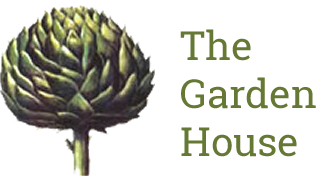Plant of the Month: Helleborus niger AGM
Posted:9 January 2013
This herbaceous, clump-forming plant is a really welcome visitor at this time of year – this picture was taken in December in Brighton! – it is very unusual for this plant to actually be in bloom at Christmas, or indeed early January, despite its common name of Christmas Rose. This particular specimen is in a container against a wall and presumably this is why it is in flower so early.
Helleborus niger is a hardy plant in the Ranunculaceae family (the buttercup family). It is a semi-evergreen perennial growing to 30cm, with leathery, dark green leaves and 1-3 pure white or pink-flushed white, bowl-shaped flowers up to 8cm in width and has won the Award of Garden Merit. As with all plants in this family if ingested it may cause severe discomfort and can also be a skin irritant.
The Victorians used to cover their Helleborus niger plants with bell jars to force them into flower at Christmas.
- Ultimate height 0.1 0.5 metres
- Ultimate spread 0.1 0.5 metres
- Time to ultimate height 2-5 years
Unlike most Hellebore varieties that tend to thrive in shade, the H. niger prefers some sun. It enjoys neutral to alkaline soils that are moist, fertile and humus-rich, so is ideal for heavy clay in partial shade. Provide shelter from strong, cold winds.
Mulch annually in autumn and remove as the flowers appear. As the plants may be affected by hellebore leaf spot like all plants in this genus, it’s a good idea post-Christmas to get out into the garden and remove all the faded or damaged foliage that are showing signs of damage.
Although not the easiest Hellebores to grow but it is really worth having a go as they bring cheer in darkest January. We love them for their pure white flowers; they look beautiful if brought indoors in January when we support the heads with some hazel or birch twigs.

